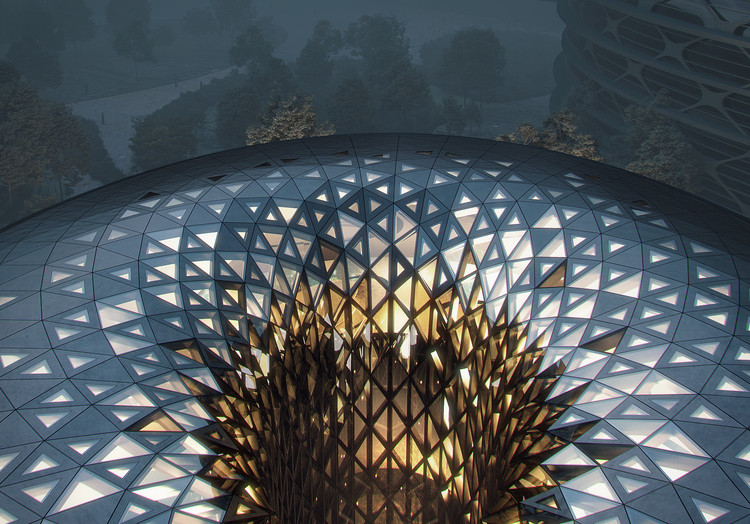
Generative design is an explorative process of design that includes a program. It generates a definite number of outputs meeting certain restrictions. The designer will fine-tune a probable region by choosing specific output or altering input values, ranges and distribution.
A generative design allows users to swiftly explore, optimize, and make informed decisions towards complicated design challenges. Thus, this software acts as an assistant that can help create, test, and evaluate alternatives. It combines artificial intelligence and parametric design with the constraints and data involved by the designer. It is a quick and cost-effective method and also adds plenty of value.
The generative design allows for a better-integrated workflow between a computer and a human.
The workflow includes the various stages, which have been listed below:
Generate: This generate stage includes the design alternatives created or generated by the system with the help of parameters and algorithms specified by the designer.
Analyze: The designs generated in the previous stage are then measured or analyzed based on their efficiency in achieving the designer’s goals.
Rank: The third step involves ranking. The design options are ranked or ordered as per the results of the analysis stage.
Evolve: This step utilizes the ranking of the design alternatives to determine the direction in which the designs should be developed or evolved.
Explore: The designer explores and compares the generated designs by inspecting the results based on their original criteria.
Integrate: After selecting an ideal design option, the designer utilizes or integrates this design alternative into a wider project or design work.
Generative design is yet a newer design technology. But slowly and steadily, it is making its way into the world of architecture. And it’s mostly due to the reason that it enhances productivity and automates several processes.
Following is a list of some of the best real-life examples of generative designs so far.
Heydar Aliyev Centre by Zaha Hadid Architects
Zaha Hadid was one of the most remarkable architects recognized for utilizing modern design tools. The Heydar Aliyev Centre is one of her most celebrated creations. The building looks like a spaceship more than a functional structure. Modern tools have made this possible to come up with a form that meets all design parameters.
It consists of a museum, a conference hall and a library. All these spaces have been thoughtfully curated with the help of an algorithm and hence hold a perfect interior design too.
Urban Housing by Daiwa House Industry
About more than 91% of the Japanese population stays in cities. This ever-rising demand for urban housing has been a challenge for many years. However, recently modern tools like the generative design have made high-density urban housing quite possible.
The Daiwa House Industry is a Japanese company that uses these tools for its projects. They create stunning living spaces, especially in small plots. Firstly, the designers define the existing parameters such as the materials, aims, goals, techniques, and restrictions. And later, the software develops all the possible solutions. Then the final decision is taken by the designers, that is to select the most sensible design option from those.
The generative design supports more variety than right angles and geometrical shapes. And it brings the maximum efficiency out of these residential spaces, exhibiting an extensive aesthetic appeal. Moreover, it allows the presentation of designs to the clients faster, and they can subsequently modify the design to their satisfaction.
Autodesk The Technology Center Toronto by Perkins + Will
Generative design has played a significant role in designing the Autodesk offices in Toronto. The office is a three-storied structure with a total area of 60,000 square feet. It has its generative design tool named Project Discovery.
The process was started by collecting opinions from managers and employees regarding work styles and location preferences, which were then converted into data. These included necessary things like daylight, outside views, the distance between, and much more. Later they inputted all the parameters in the software, giving over 10,000 solutions and the designers came up with the most suitable ones.
During this process, six primary measurable parameters were defined; consequently, they are named as follows:
- Adjacency preference: Minimize the distance between office facilities and collaborative teams.
- Work style: Determine an ideal location for each team and check noise levels and their light preferences and noise levels are;
- Interconnectivity: Maximize the activation of shared spaces
- Productivity: Minimize acoustic and visual distractions
- Natural light: Evaluate the amount of area lit by natural light.
- Exterior views: Determine the number of viewpoints that offered.
When a project is based on the concepts of Generative Design, the computer no longer stays just a device to graph the project or even to register geometries and materials. Still, it also becomes a co-author of the project, representing several design solutions. These solutions are classified from the most to the least suitable by the computer itself as per the prerequisites and premises decided by the designer. However, while these computers can help us organize and prioritize these decisions, they cannot produce them. The final decisions have to be taken by the people themselves. Only people can make the final decision.
Generative design has been a promising technique. It offers efficient solutions to modern-day construction challenges. Even though it is still new, it will soon be a huge blessing in the world of architecture. It will help create a brighter and smarter future for society.




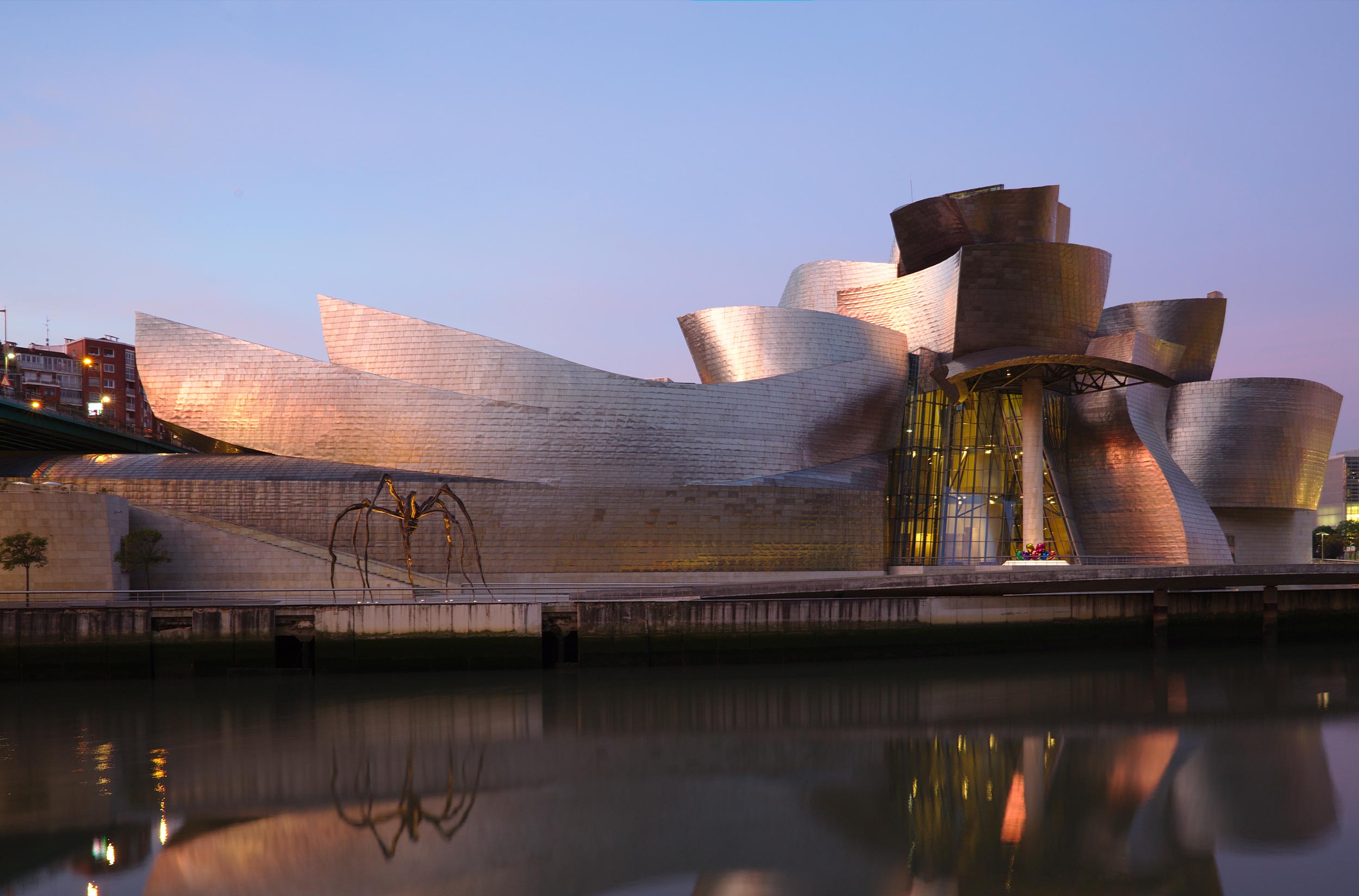
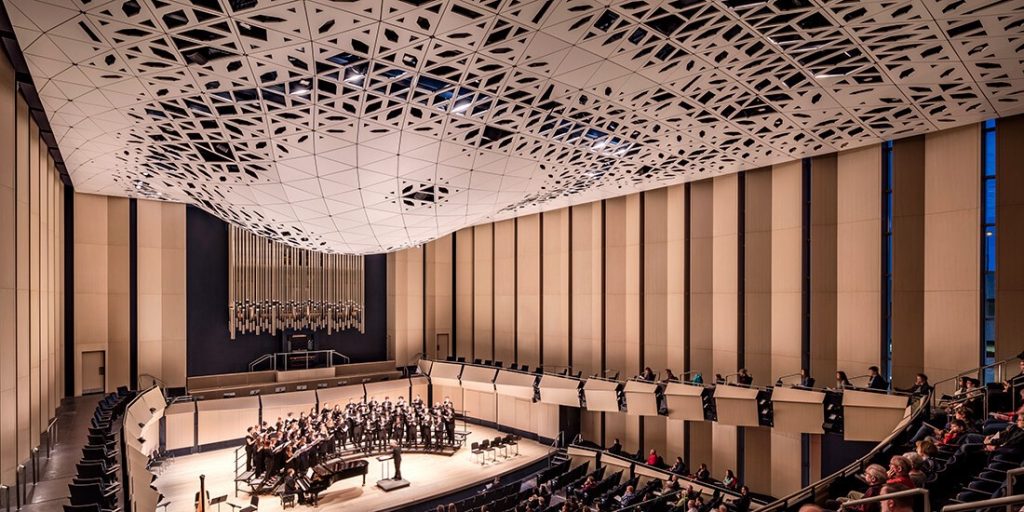
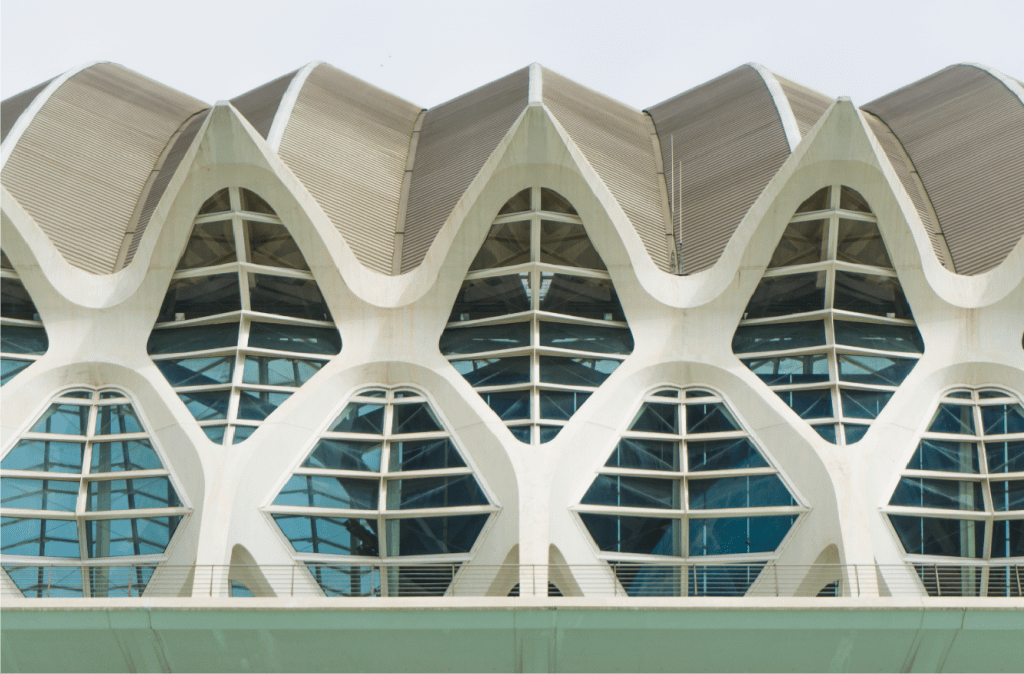

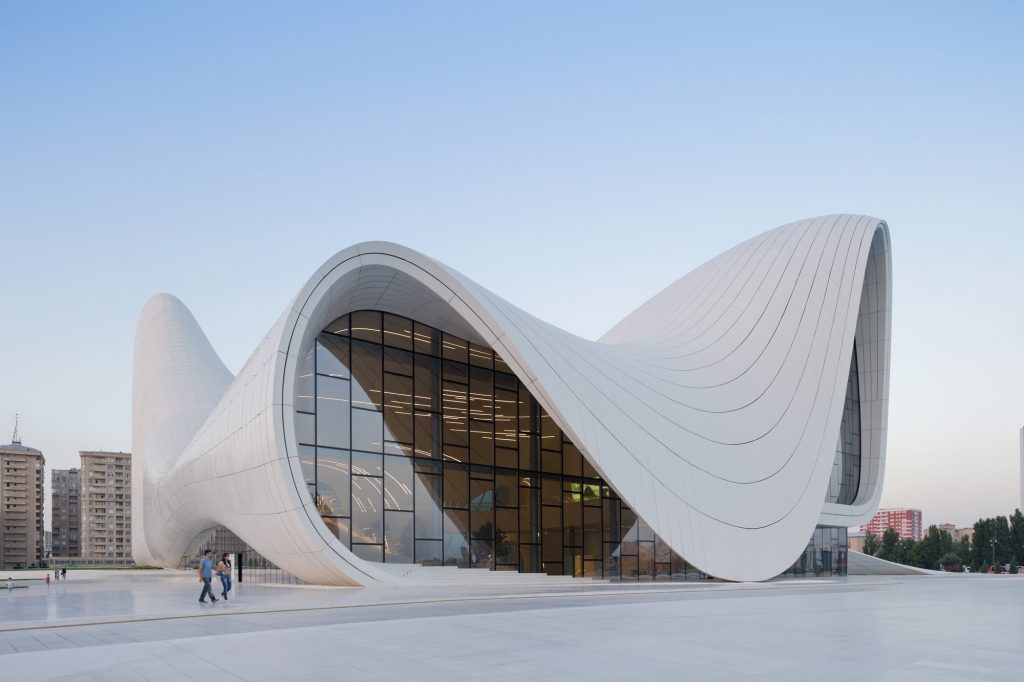
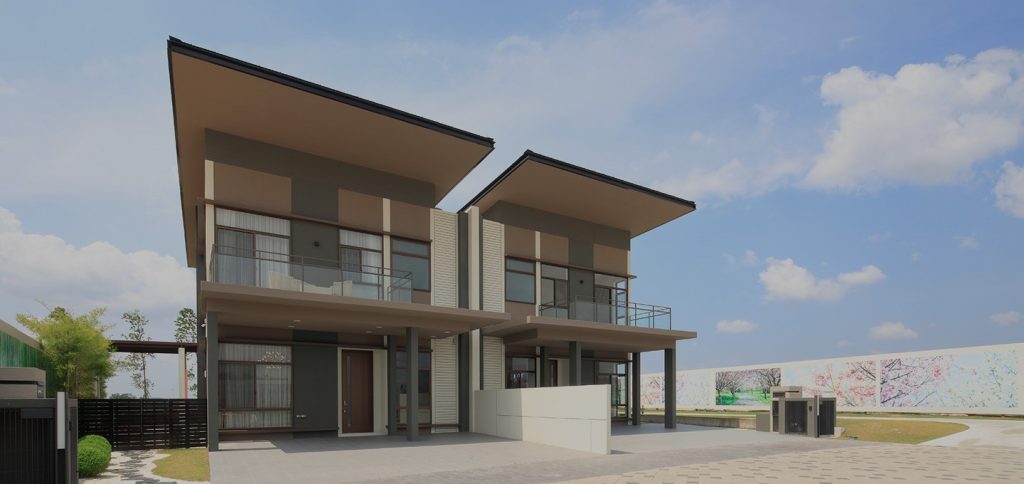
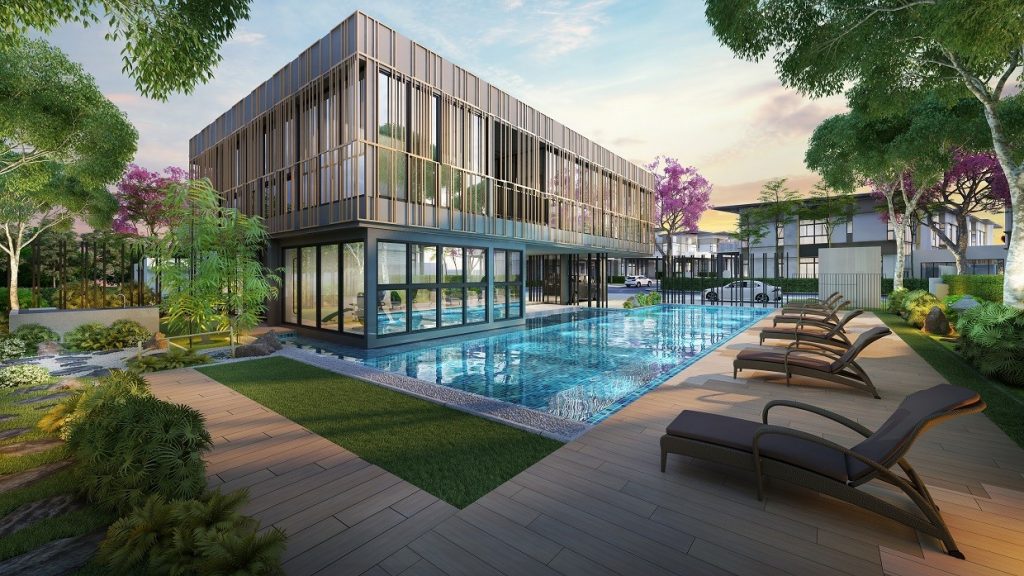
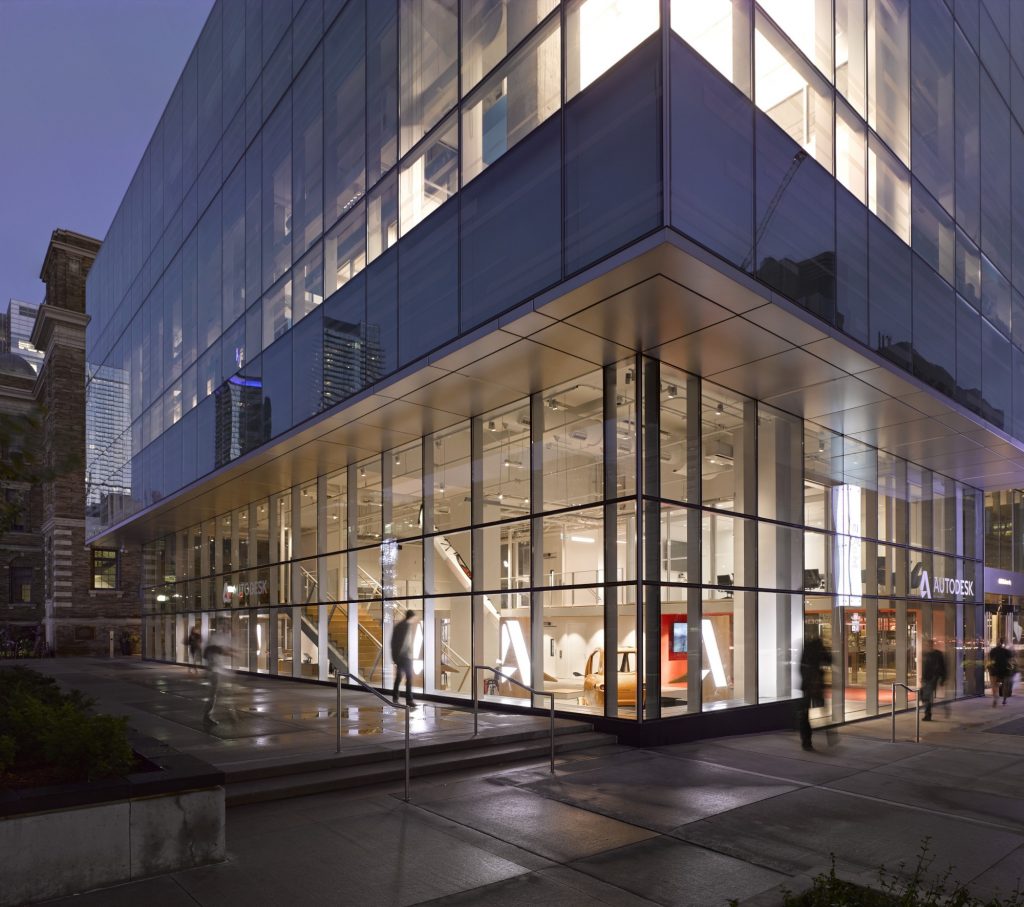
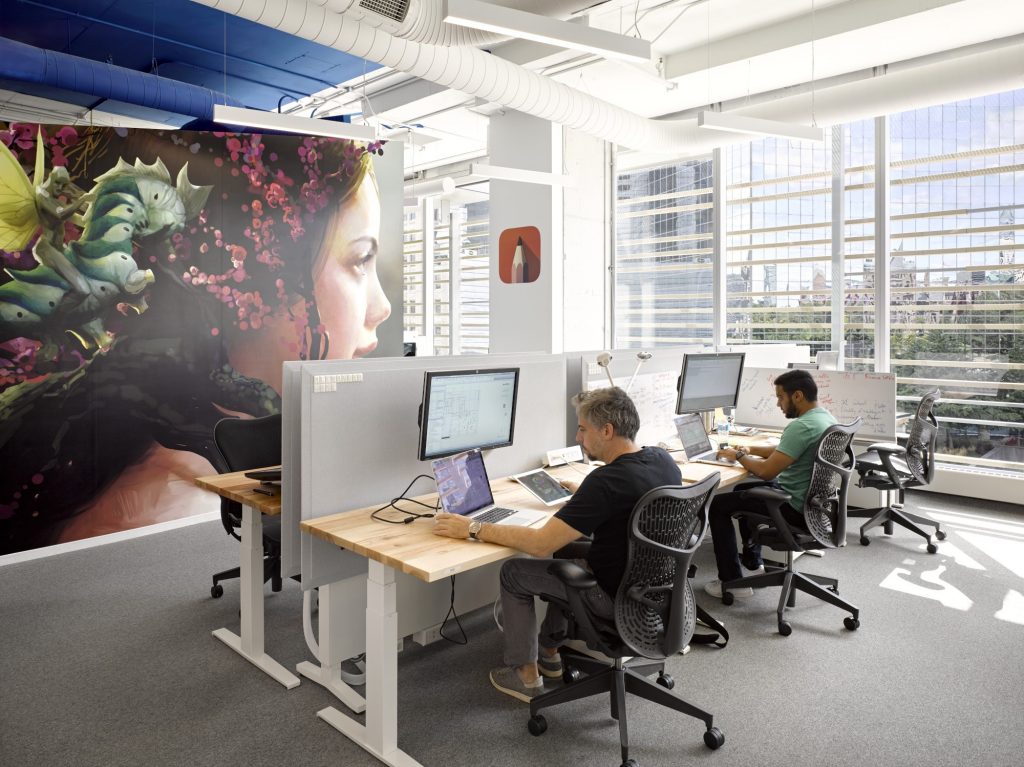
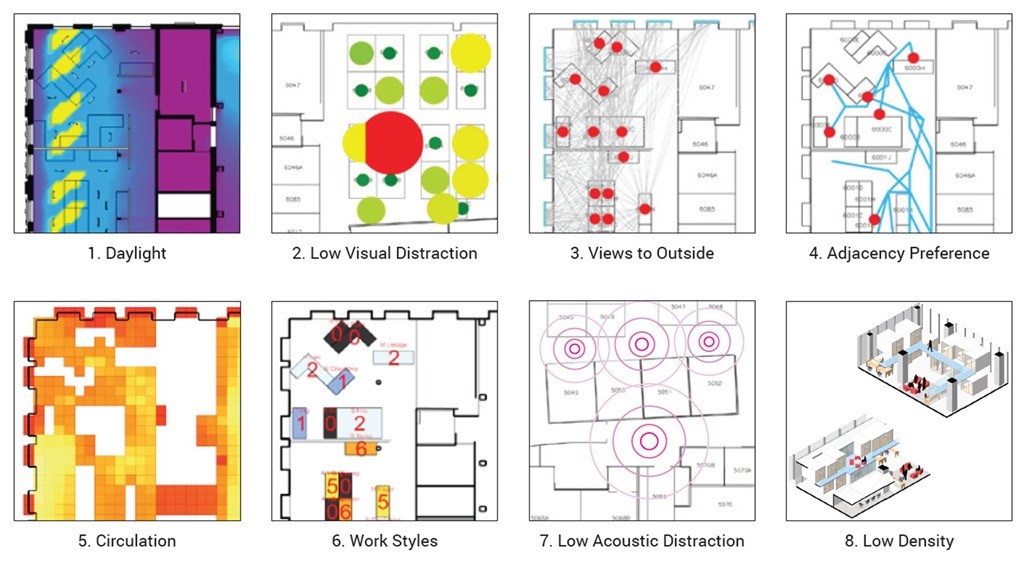
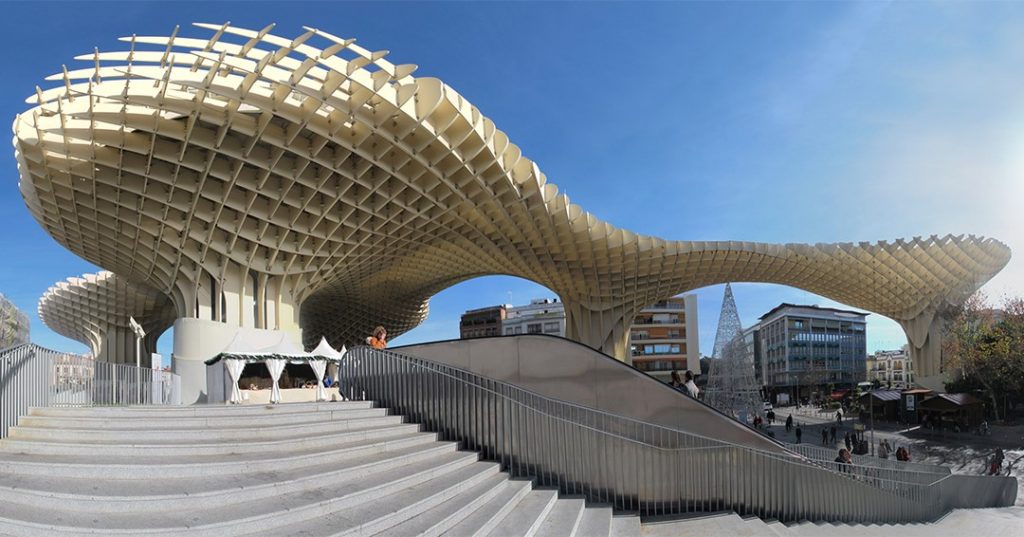














Leave a comment